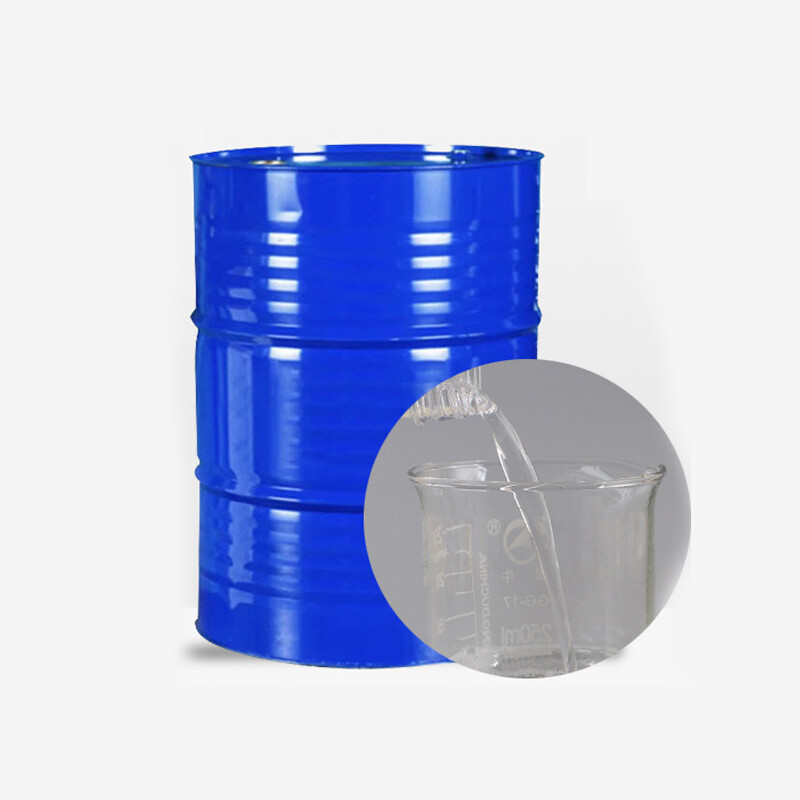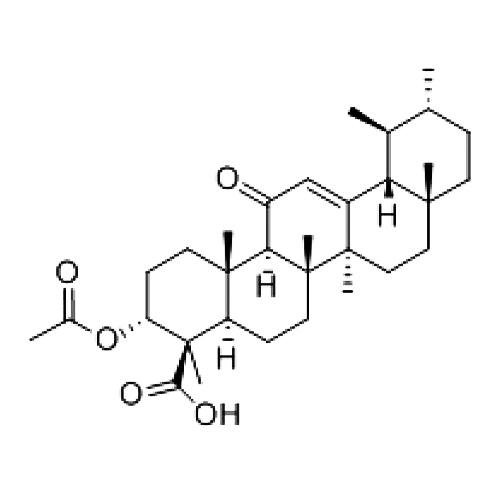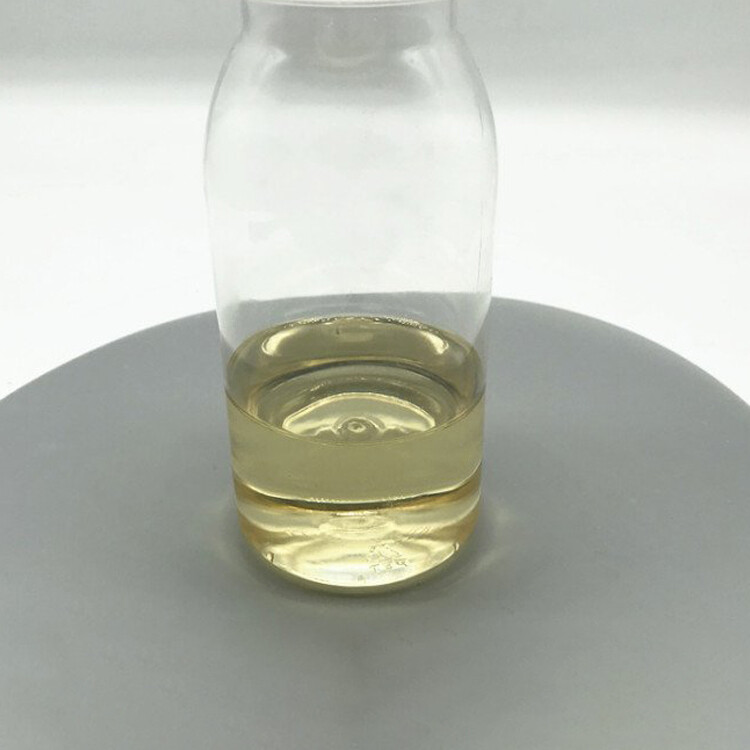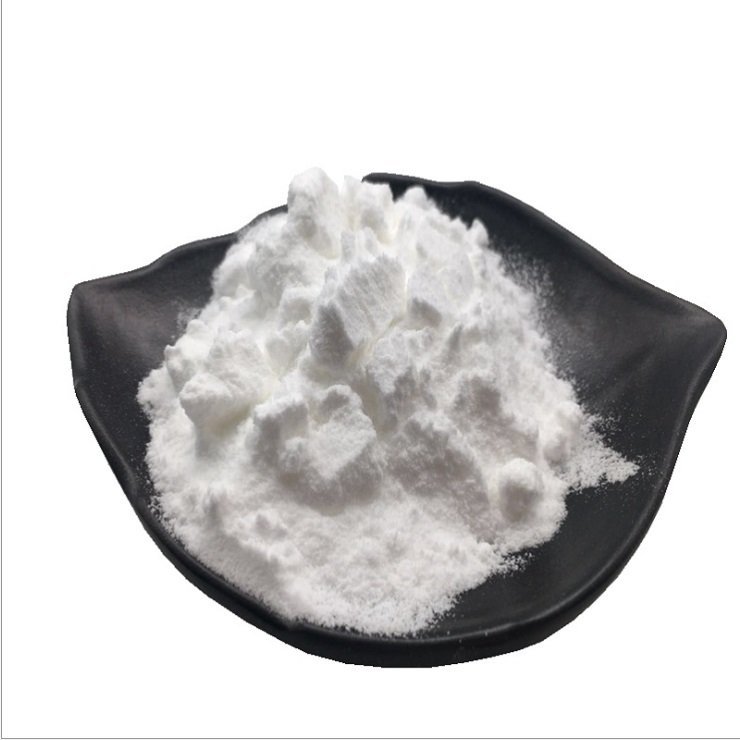
PRODUCTS
PRODUCT
Diethylene glycol (DEG) is an organic compound described by the structural formula HO-CH2-CH2-O-CH2-CH2-OH. It is a clear, hygroscopic, odorless liquid. It is miscible with water and polar organic solvents such as alcohols and ethers.
Diols and polyols
Diethylene glycol is one of several diols (hydrocarbon containing two alcohol groups). They are derived from ethylene oxide and are described with the formula HO-CH2-CH2(-O-CH2-CH2)n-OH:
n = 0 ethylene glycol ("antifreeze")
n = 1 DEG
n = 2 triethylene glycol, TEG, or triglycol is also a colorless odourless viscous liquid. It is used as a plasticizer for vinyl. It is also used in Air-Sanitizer products, like "Oust" or "Clean and Pure." When aerosolized, it acts as a disinfectant. Glycols are also used as liquid desiccants for natural gas and in air conditioning systems. It is an additive for hydraulic fluids and brake fluids.
n = 3 tetraethylene glycol
n = 4 pentaethylene glycol
Higher numbers for n describe a non-toxic polymer called polyethylene glycol.
Uses
Like ethylene glycol, a solution of diethylene glycol and water is used as a coolant. It both lowers the freezing point of the solution and elevates its boiling point making it more suitable for hot climates. DEG is also a building block in organic synthesis, e.g. of morpholine and 1,4-dioxane. It is a solvent for nitrocellulose, resins, dyes, oils, and other organic compounds. It is a humectant for tobacco, cork, printing ink, and glue. It can be also found in some hydraulic fluids and brake fluids.
In personal care products (e.g. skin cream and lotions, deodorants) DEG is often replaced by the much less toxic diethylene glycol ethers.
Diethylene glycol is also illegally used as counterfeit glycerin in some nations and sold internationally as a component of cough syrup and toothpaste.






